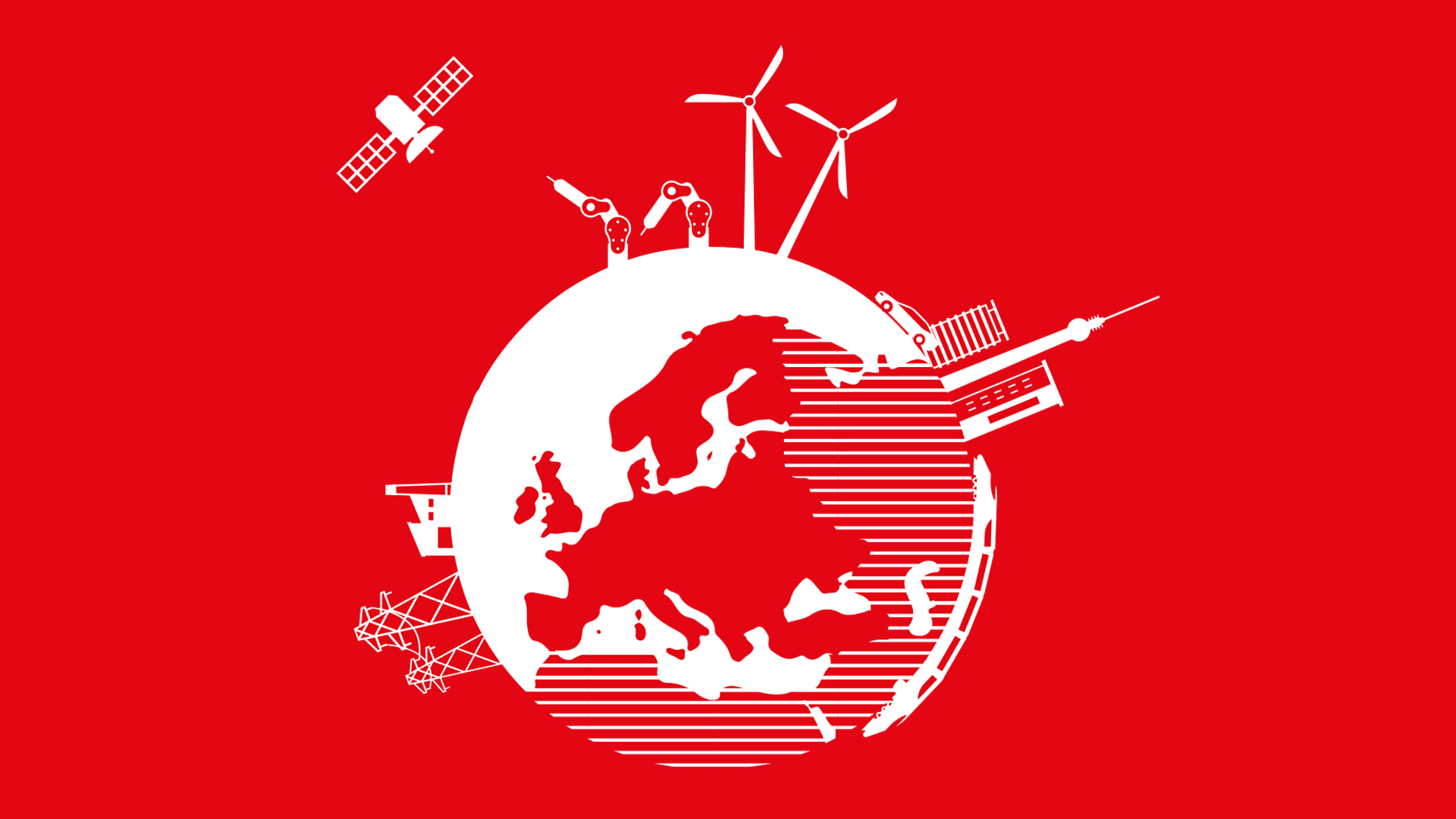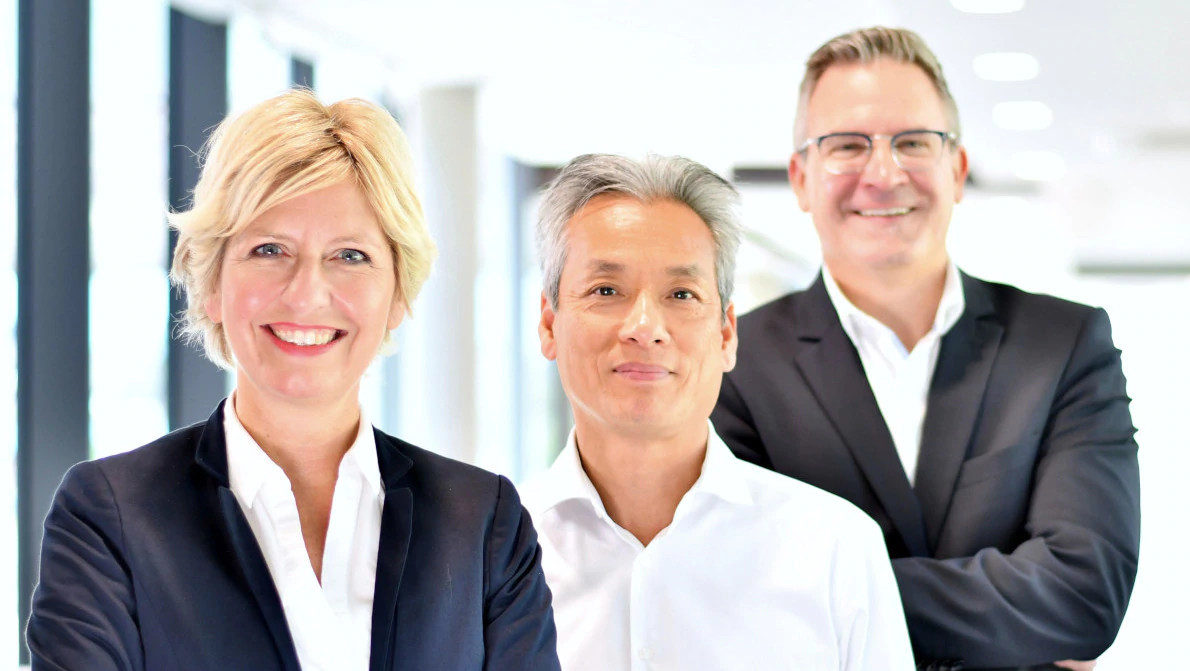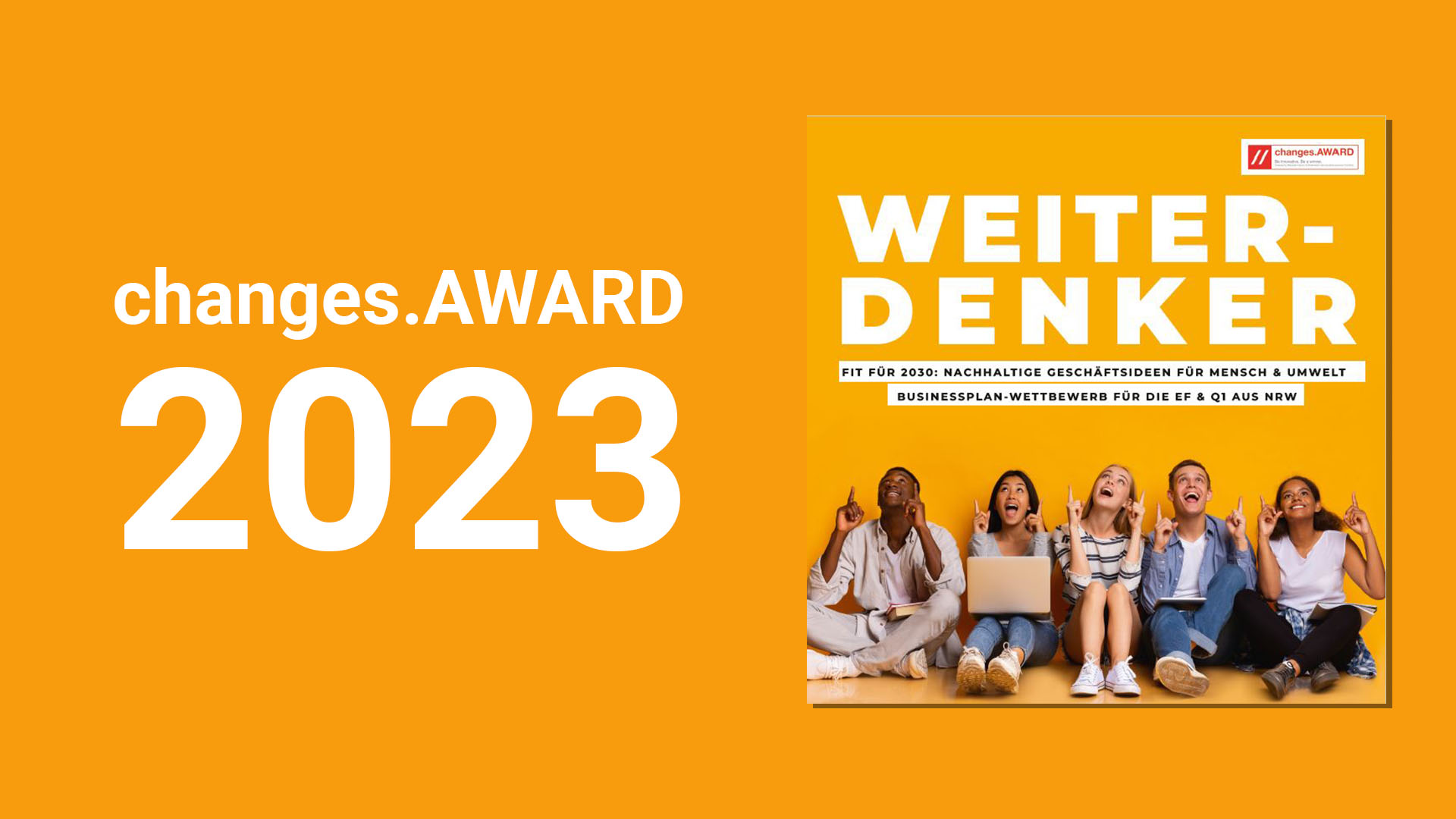Fill the blank page.
An interview with designer Naoya Tsukamoto.
Every design process begins with a single task. The designer starts with a blank sheet of paper with a sharpened pencil or a few bright Copic markers next to it. It will be the first sheet of paper among many. Sheet after sheet will follow, all of which are waiting to be filled with marks. But how are the ideas for those marks generated in the mind of the designer and how do they get from the designer’s mind on to paper? What inspires designers? How do they orient themselves? We asked Naoya Tsukamoto, Senior Designer at Mitsubishi Electric’s Industrial Design Center.
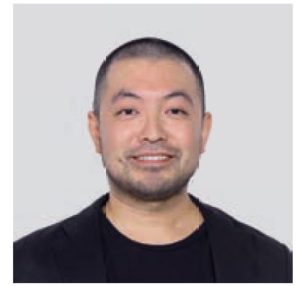
“I actually draw a large part of my inspiration
from manga, anime and video games, as those are
things I’ve been seeing since I was a child.”«
- – Designer Naoya Tsukamoto –
changes: How do you approach designing new products?
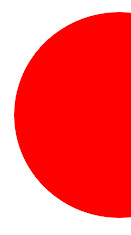
Naoya Tsukamoto: I imagine what it would be like to be the very first user of the product. What would be my expectations, where would I look for certain elements, and so on. I don’t make the designs for myself, you know, they’re supposed to help the user.
changes: What makes for good design, in your view?
Naoya Tsukamoto: It should be iconic and stand on its own on its own, it should be pared down to its essentials, and yeah, it should have an element of mystery.
changes: In your experience, what are the biggest challenges when it comes to product design?
Naoya Tsukamoto: That is easy: there is never enough time.
changes: What influences your work? Where do you draw your inspiration?
Naoya Tsukamoto: My background in automotive engineering definitely influences my work in the field of industrial design. I actually draw a large part of my inspiration from manga, anime and video games, as those are things I’ve been seeing since I was a child.
changes: What are the most important trends the future holds in store for us in the field of industrial design?
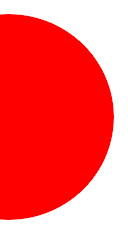
Naoya Tsukamoto: For one thing I do not think there will be any way to get around the user in the future if the aim is to produce good design. We will be taking the user into consideration and involving the user in the process even more than we do today. One point, which is more related to manufacturing, is certainly the transition away from elaborate injection moulding techniques to CNC and 3D printing, which make our designs come to life in a tangible way much earlier in the design process.
changes: What are your personal top three product designs?
Naoya Tsukamoto: That’s a tough question (…) – if we are talking about cars, then definitely the Ferrari Testarossa. I like Audemars Piguet Royal Oak, which really turned watch design on its head in its day. And the Aeron chair, which even made it into the Museum of Modern Art.
changes: Which designer do you admire most personally?
Naoya Tsukamoto: There are several, for instance automotive designers Giorgetto Giugiaro or Marcello Gandini, who designed the Lamborghini Miura and Countach; Philippe Starck; Gérald Genta with his watch designs – the Royal Oak is his design, by the way – or Luigi Colani. I admire them all. There’s no clear number one for me.
changes: What product that you have designed or worked on might we recognise?
Naoya Tsukamoto: For example, the wide EDM machine from the MV-S/R series, the MP series or the MX series, the EA-S series vertical eroding machine and the laser processing machines from the eX-F series.
changes: Without getting into too much detail, what are you working on now?
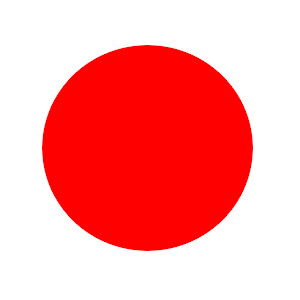
Naoya Tsukamoto: Right now we’re working to develop a standardised, recognisable Mitsubishi Electric design language for the next generation of processing tools – it’s really quite an exciting task.
changes: Mr. Tsukamoto, Thanks for your time.
Changes No. 7
Please click on the picture to open the Changes No. 7.
Download
Download the latest Changes as PDF.
Subscribe
Subscribe for the print edition of our customer magazine “Changes”.

